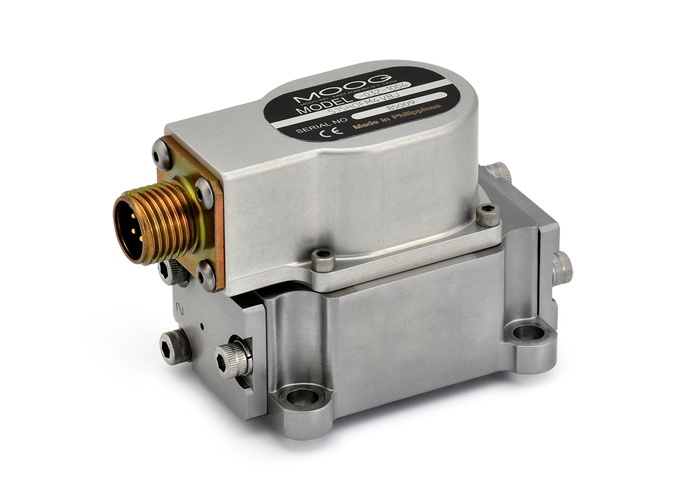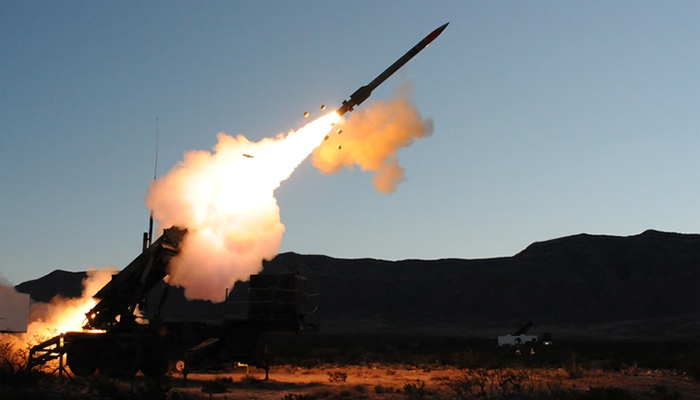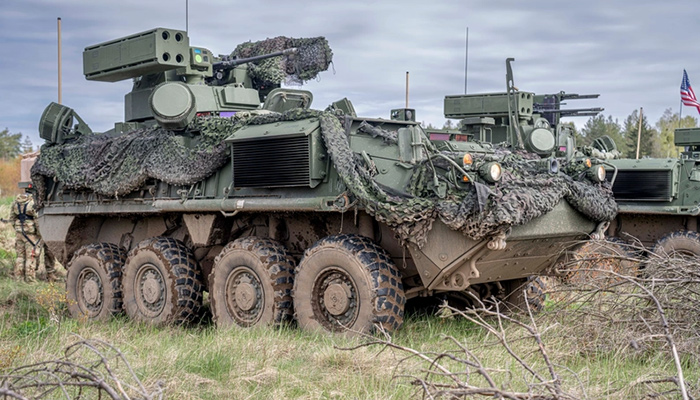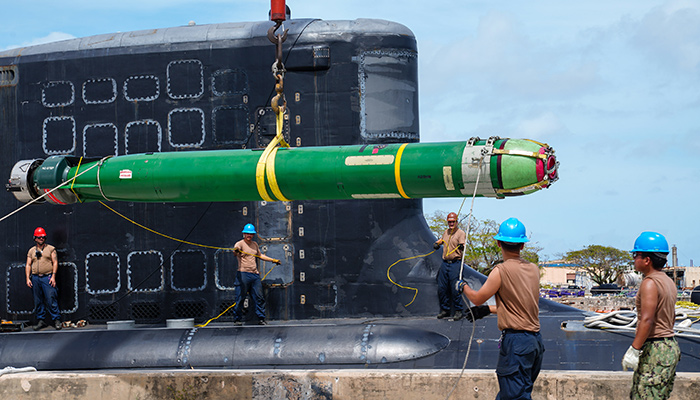Servo Valves for Robust Military and Defense Applications

Why Choose Moog Servo Valves?
- Cost-Efficient Performance: Delivering precision hydraulic systems designed to maximize efficiency and extend operational life.
- Operational Excellence: Ensuring uncompromising quality and on-time delivery for critical servo valve applications.
- System Innovation: Driving continuous advancements in hydraulic servo valve technology through strategic investments in advanced manufacturing capabilities.
- Engineering Expertise: Providing specialized technical support tailored to the unique demands of defense-grade servo valves.
- Lifecycle Sustainment: Offering comprehensive maintenance solutions to ensure reliability and extend system longevity.
- Simplified Procurement: Moog servo valves are available under Moog’s standard terms of sale and meet the FAR definition of a commercial product. Moog can provide documentation to help your organization complete a commercial product determination.
Applications in the Defense Market
In the defense sector, Moog Servo Valves are utilized in a wide range of mission-critical applications due to their robustness, reliability, and high performance.
- Missile Launch Systems: Moog Servo Valves are used to control the hydraulic actuators that manage the positioning and launch of missiles. Their high response and accuracy ensure precise targeting and launch operations.
- Turret Control: These valves are integral to the hydraulic systems that control the movement and stabilization of turrets. They provide the necessary precision and stability required for accurate targeting in combat situations.
- Naval Systems: In naval applications, Moog Servo Valves are used in the hydraulic systems of submarines and surface ships. They control various functions, including steering and stabilization, ensuring the vessels operate smoothly and efficiently even in harsh marine environments.
Military Precision: Moog’s Servo Valves in Missile Control

The Servo Valve technology, developed by Bill Moog in 1951, remains a cornerstone in modern missile applications. Initially utilized in the Bumblebee Missile Program, which featured the Talos, Terrier, and Tartar missiles, this technology has become a staple in the U.S. Navy's arsenal. With the introduction of Servo Valve technology, military forces gained the ability to accurately adjust control surfaces in missiles with quick and responsive movements, under intense forces.
The advancement of additive manufacturing has influenced the dynamics of electrohydraulic actuation solutions. Additively manufactured components integrate with EH systems, maximizing the efficiency of fluid flow routes in missiles with limited space. This technology allows Moog’s Servo Valves to continue to play a vital role in the missile-steering market, offering precise proportional steering control globally.
Moog remains at the forefront of manufacturing and delivering Servo Valves for missile control surfaces, providing a reliable and well-understood solution for diverse control-actuation needs. This technology revolutionized missile applications and paved the way for advancements in military operations, ensuring precision and reliability in critical missions. The Servo Valve technology has left a lasting legacy on the modern warfare landscape, demonstrating the enduring impact of the technology.
The Role of Servo Valves in Military Ground Vehicles

Servo Valves play a crucial role in military ground vehicles. The technology is essential in offering motion control for stabilized turreted weapon systems and precise positioning of missile launch platforms. Moog’s Servo Valve is often seen in motion and elevation control. While the vehicle navigates through rugged terrain, the Servo Valve technology accurately positions the weapon while absorbing the recoil from the fire.
When considering weapon platforms such as mobile artillery or main battle tanks, hydraulic drives are often the best option. Moog’s servo valve is at the core of this technology. The high bandwidth and power density of the servo valve is utilized in the performance of turreted weapons. The turrets have barrels with large bore diameters which make this technology essential. The missile- launching platforms on the other-hand, operate from a stationary position, the Servo Valve allows for the swift and accurate positioning of heavy launcher payloads.
When soldiers are improving pre-existing systems and developing new ones, the Servo Valve technology’s modular capabilities are favorable. Using already developed designs for new applications allows for a faster timeline and less costly solution. Platforms which have lost efficiency due to increased equipment weight can regain functionality with the Servo Valve and can even perform at a higher level. Even with the changes in technology and innovations, the Servo-Valve technology is still an essential part of ground vehicle success today.
The Impact of Servo Valves on the Mark 48 Torpedo

Servo Valves, a vital component in the operations of the U.S. Navy, have been produced by Moog since 1951. These valves play a critical role in ensuring the safety and efficiency of various naval operations. Moog's longstanding expertise in providing high-quality Servo Valves has been instrumental in tasks such as catching planes on aircraft carrier decks, managing turbine controls on ships and submarines, and actuating missiles. The reliability and precision of Moog's servo valves have been an essential component of the Navy's operations for decades.
Although the servo valve is utilized across the Navy, one of its key contributions lies in its essential function within the Mark 48 heavyweight torpedo- a powerful maritime weapon developed in the 1950s and '60s to counter Soviet submarine technology. The Mark 48 has grown to become a key weapon for U.S. Navy submarines and NATO partners, renowned for its anti-ship and anti-submarine warfare capabilities.
Steering the Mark 48 through environments, such as the Arctic and open oceans, presented environmental challenges like temperature variations, salinity, currents, and thermocline variations. The fluid power system of the torpedo, controlled by a Servo Valve, actuates linear cylinders to rotate control surfaces for precise steering and depth control. The hydraulic steering control exhibited superior performance and notable power density compared to other solutions.
The Servo Valve’s modular state allows for rapid adjustments and performance enhancement, this is seen with the optimizations in the steering fin control system. By fine-tuning flow gains and improving pressure compensation capabilities, the servo valve has played a crucial role in the Mark 48's success in reaching greater depths and maintaining accuracy in targeting advanced submarines. The original design of the servo valve controlling the steering actuators has proven resilient, showcasing its effective design and high-level execution in military applications.
